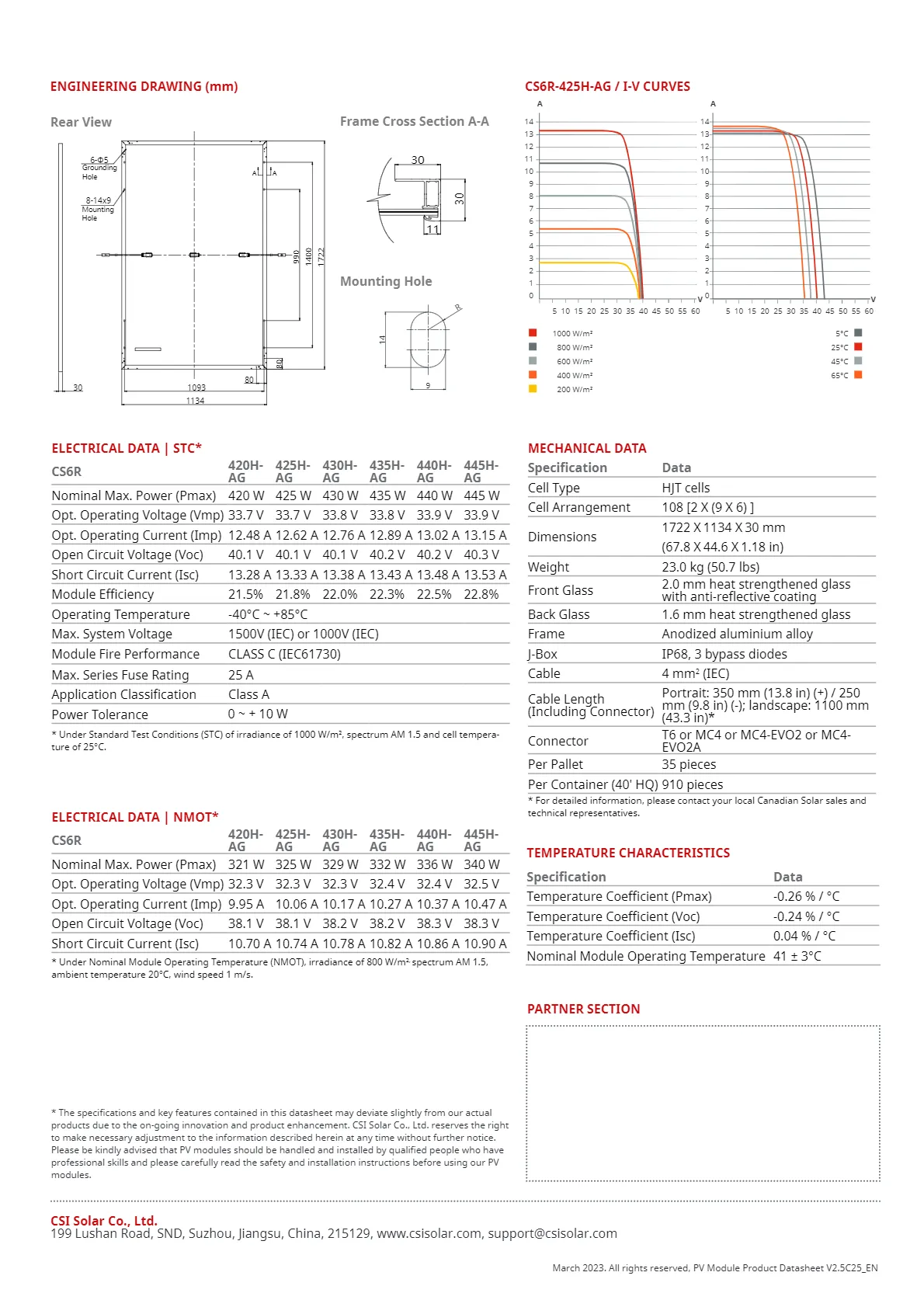Exploring the Advantages and Efficiency of Bifacial Solar Panels for Renewable Energy Solutions
The Rise of Bifacial Solar Panels A Sustainable Energy Solution
In recent years, the global demand for clean and renewable energy sources has surged, leading to innovative advancements in solar technology. Among these advancements, bifacial solar panels have emerged as a promising solution for maximizing solar energy efficiency. Unlike traditional solar panels, which only capture sunlight from one side, bifacial panels can harness solar energy from both the front and rear surfaces, significantly enhancing their energy output.
Understanding Bifacial Solar Panels
Bifacial solar panels are designed with transparent backsheets or a glass layer that allows sunlight to penetrate from both sides. This unique structure enables them to capture reflected sunlight, often referred to as albedo, from surrounding surfaces such as rooftops, sand, or snow. This dual-sided absorption not only increases the total energy yield but also improves performance in various environmental conditions.
The efficiency of bifacial panels is particularly notable in areas with high reflectivity. For instance, in snowy regions, the panels can absorb sunlight reflected off the snow, leading to a substantial increase in energy production. Additionally, when installed on reflective surfaces or elevated installations, such as carports, the performance benefits can be even more pronounced.
Benefits of Bifacial Solar Panels
1. Higher Energy Output One of the most significant advantages of bifacial solar panels is their higher energy output compared to conventional panels. Studies have shown that bifacial technology can increase energy generation by 10% to 20%, depending on installation conditions and surrounding albedo effects.
bifacial solar panels

2. Longevity and Durability Bifacial panels are often constructed with durable materials like tempered glass, enhancing their resistance to environmental factors such as hail, wind, and snow loads. This durability often translates into longer lifespans and lower maintenance costs over time.
3. Versatility in Installation Bifacial solar panels can be installed in various configurations, including ground-mounted, rooftop, and floating solar systems. Their design allows for innovative applications, making them suitable for a wide range of environments, including urban areas where space is limited.
4. Sustainability Considerations As the world shifts towards more sustainable energy solutions, bifacial solar panels represent a step forward in reducing our carbon footprint. Their efficiency leads to more energy production per panel, thus requiring fewer panels for the same energy output. This reduction in the number of panels needed can decrease the overall environmental impact associated with manufacturing and disposing of solar technology.
Challenges and Future Prospects
Despite their numerous benefits, bifacial solar panels are not without challenges. Higher upfront costs, due to advanced manufacturing processes and materials, can be a barrier for some consumers and businesses. Additionally, the performance of bifacial panels can be significantly influenced by installation parameters, such as tilt angle and mounting height, making professional assessment and planning essential.
However, as technology progresses and manufacturing costs decrease, bifacial solar panels are likely to become increasingly mainstream. With the ongoing global emphasis on energy sustainability and climate action, investing in more efficient solar technologies provides a pathway toward a cleaner energy future.
In conclusion, bifacial solar panels represent a significant advancement in solar technology, offering higher energy output, durability, and versatility. As more individuals and businesses seek sustainable energy solutions, bifacial technology stands out as a formidable option that could play a crucial role in meeting the world’s future energy needs. As we continue to innovate and refine solar energy harvesting, bifacial panels may well help lead the charge toward a more sustainable and resilient energy landscape.
-
Understanding the Advantages of Solar String Inverters for Your Energy SystemNewsApr.29,2025
-
Choosing the Right PV Inverter: A Comprehensive GuideNewsApr.29,2025
-
The Future of Solar Power: Exploring Bifacial Solar PanelsNewsApr.29,2025
-
The Complete Guide to Solar Panels: Efficiency, Cost, And InstallationNewsApr.29,2025
-
The Best Options for Efficiency and Cost-EffectivenessNewsApr.29,2025
-
Harnessing the Power of Off-Grid Solar Inverters for Energy IndependenceNewsApr.29,2025







